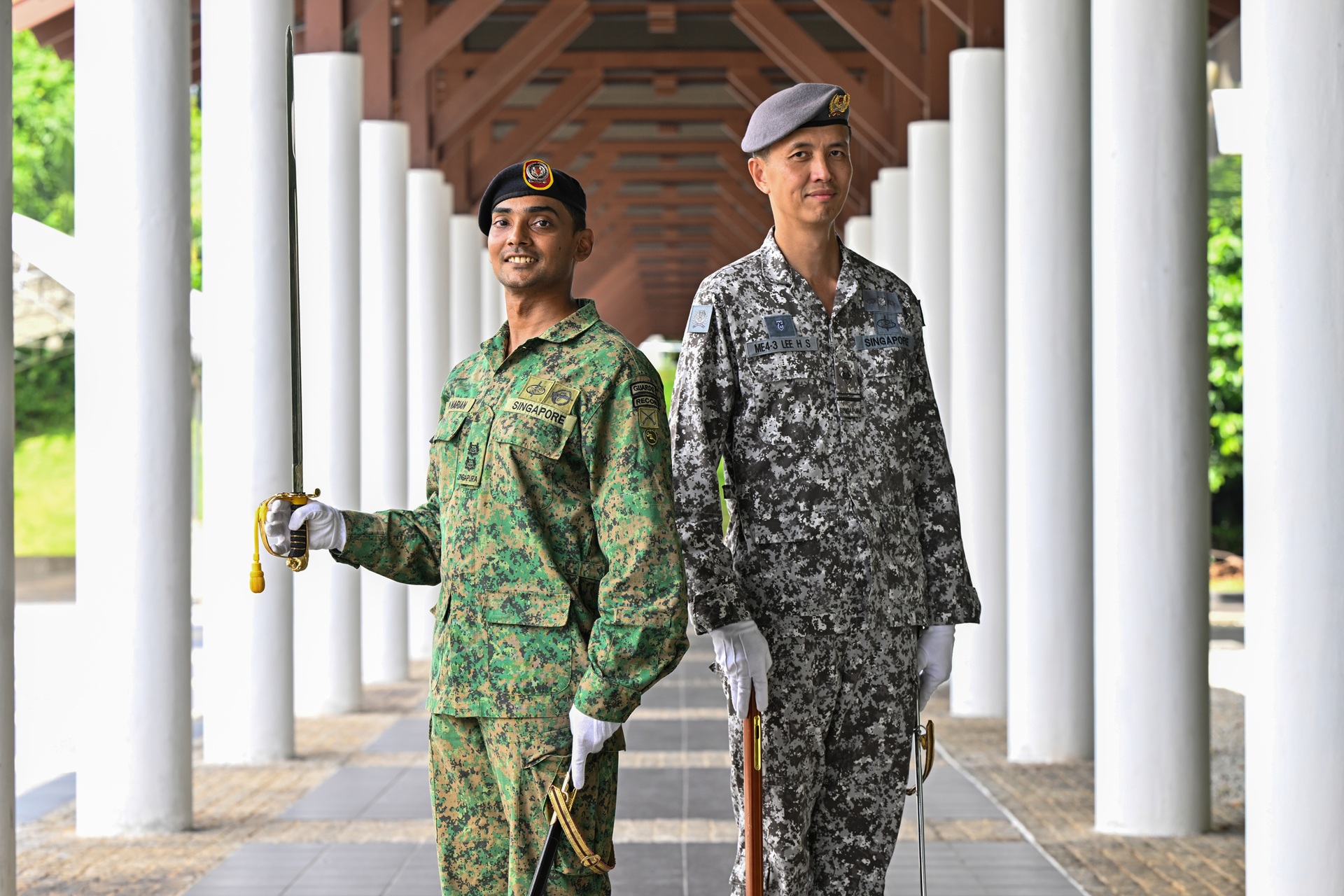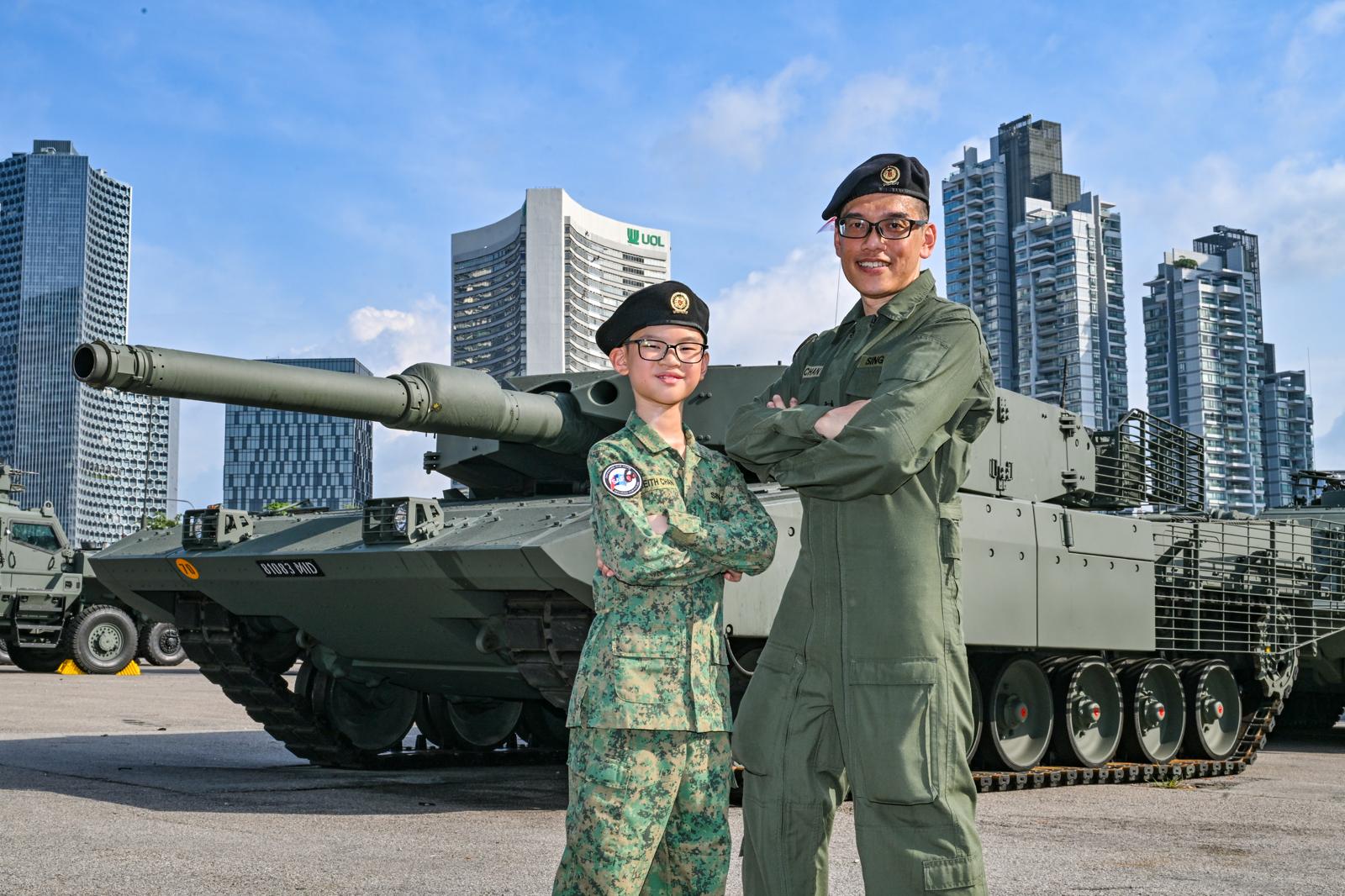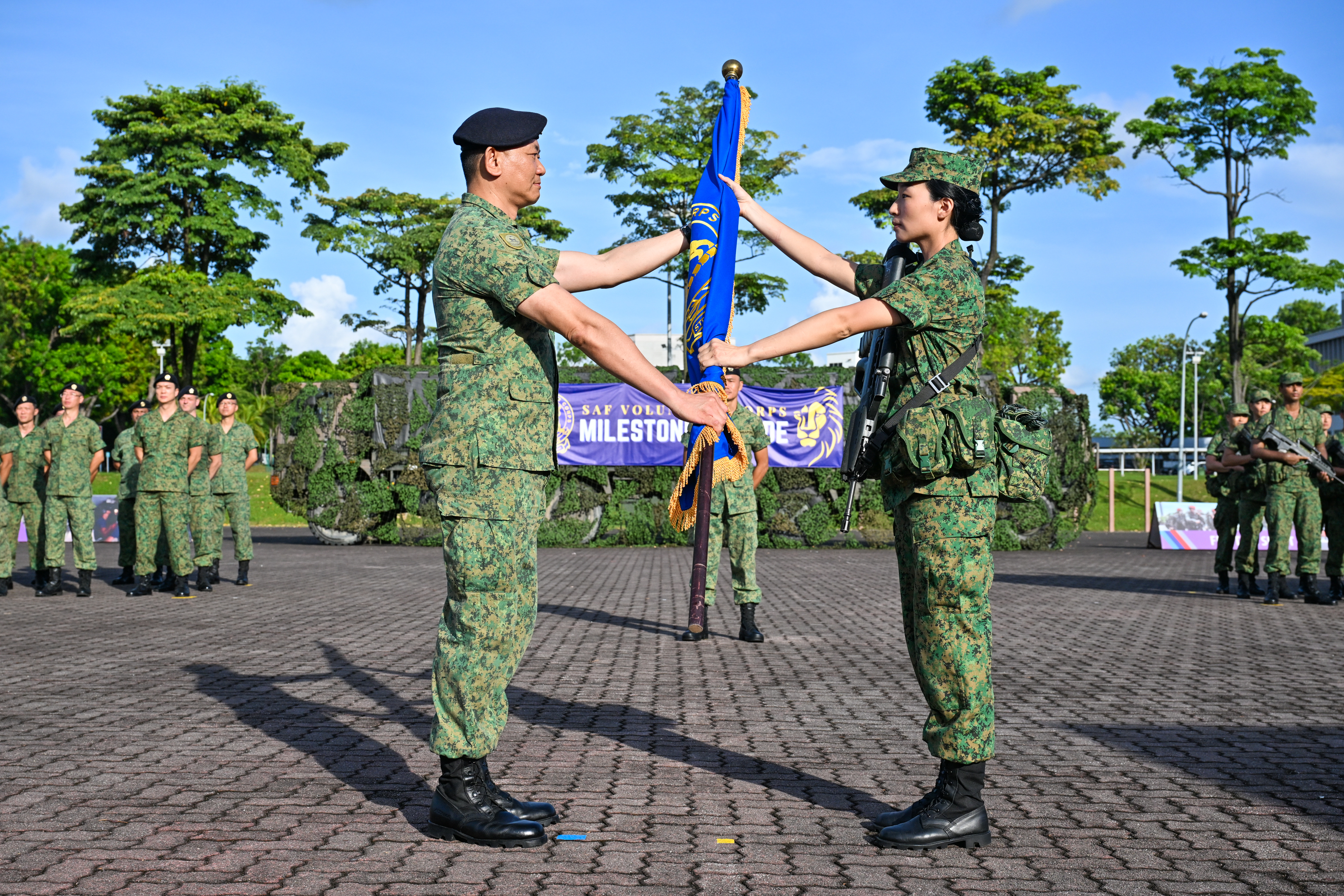SOMEBODY'S GOTTA DO IT: SCUM BUSTERS
PHOTO // Chua Soon Lye
No one likes cleaning up a mess, especially if it's toxic. Learn how the men of 39th Battalion, Singapore Combat Engineers (39 SCE) mitigate chemical threats in the first of a series that shows some of the unpleasant but essential military jobs.
He runs through the drills in his head as he zips up his suit, with the sound of his breathing being the only thing he hears with the gas mask on.
As he steps into the dank and grimy room, he sees beakers and test tubes with coloured liquids lining the shelves. A bottle lies uncapped on the floor, with its bright green contents spilt.
Suspecting the contents to be toxic, Lance Corporal (LCP) Stephan Chee then gets down to doing what he does best - mitigating chemical threats.
In this scenario, terrorists were creating chemical warfare agents in a laboratory when they were discovered. LCP Chee and his team were called in after the terrorists were cleared out. Their job is to identify the toxic substance (also known as the source), collect samples of it for further testing and neutralise it.
Old foes, new threats
Dealing with chemical threats is only a third of what 39 SCE does. Tasked with Chemical, Biological and Radiological (CBR) Defence, the unit investigates suspected CBR threats within Singapore Armed Forces (SAF) camps.
Captain (CPT) Shawn Liu, the Officer Commanding of Alpha Company in 39 SCE, cited examples of when the team on 24-hour standby will be activated: "If any mail delivered to SAF camps is suspected to contain anthrax, we'll be there to collect samples and identify if it's a genuine threat or not.
"And if there are any radiological dispersal devices (explosives that disperse radioactive material) detected in camps, we'll also be called to identify and mitigate the threat."
For major national events, the unit also works with 36 SCE, the Explosives Ordnance Disposal unit, to conduct preventive security operations such as bomb sweeps.
CPT Liu stressed the importance of what his unit does: "Terrorists these days are exploring ways to attach CBR payloads with IEDS (Improvised Explosive Devices), that's why we must have the expertise to deal with such threats."
Out, damned spot
When activated to deal with a chemical threat, the 39 SCE responders on 24-hour standby duties are given a 15-minute Notice To Move. A team commander leads his four-man team to conduct a recce of the incident site or hot zone.
Following that, the team collects samples of the source and identifies it using the HazMatID (hazardous material identification) device. This device, which analyses the components in solid and liquid chemicals, allows responders to identify harmful chemical agents on the spot.
The samples are also sent to DSO National Laboratories for thorough investigation. Results from the sampling enable responders to determine how to treat chemical casualties, and also serve as evidence to prosecute perpetrators.
If the source has been dispersed or spilt, the team mitigates its spread by spraying the affected area with decontaminants using a Backpack Decontamination Foam Unit (DFU).
In the event of widespread contamination, additional teams would be called in to neutralise the hot zone using the DS 10 decontamination sprayer. Then the decontaminated source is removed from the hot zone in a process known as washing down, where the area is scrubbed clean.
Once the hot zone has been washed down, the teams use chemical detectors to check that no contamination remains.
The heat is on
The suits and masks they don on the job may protect the responders from the harmful chemicals they handle, but they are cumbersome.
A team commander in 39 SCE, 2nd Sergeant Nicholas Nathan, said: "It's unpleasant having to carry out our mission with this mask and vapour-proof suit. The mask limits your field of vision, and it gets hot and stuffy in the suit to the point where we can get dizzy.
"But I have to handle my fatigue and ensure that none of my team members breaches safety procedures or gets contaminated by hazardous substances."
LCP Chee added: "The challenge is to stay calm, think and execute the drills properly despite the heat stress in the suit."
Finding purpose
The cleaning aspects of the job are also unenviable, said LCP Chee. "It involves a lot of scrubbing and removing of decontaminants. Sometimes, the gradient of the floor works against you, and you end up scrubbing for a long time just to drain the hot zone.
"The longest I've spent scrubbing the floor is one hour!" he exclaimed, laughing at the memory.
LCP Chee continued: "Some people think our jobs are interesting; others think we're like janitors, because we clean up the mess. It's tiring, but this job trains you to think fast and smart about how to perform your task safely and efficiently."
To Alpha Company's Sergeant Major 3rd Warrant Officer Chua Hong Hai, knowing why he does what he does is sufficient motivation to be in this job for the past 12 years.
"In the armed forces, people need to know that they're training for a purpose. Here, we train hard because we re clear about why we exist," he said. "It's this opportunity to deal with real threats that gives purpose to this job."
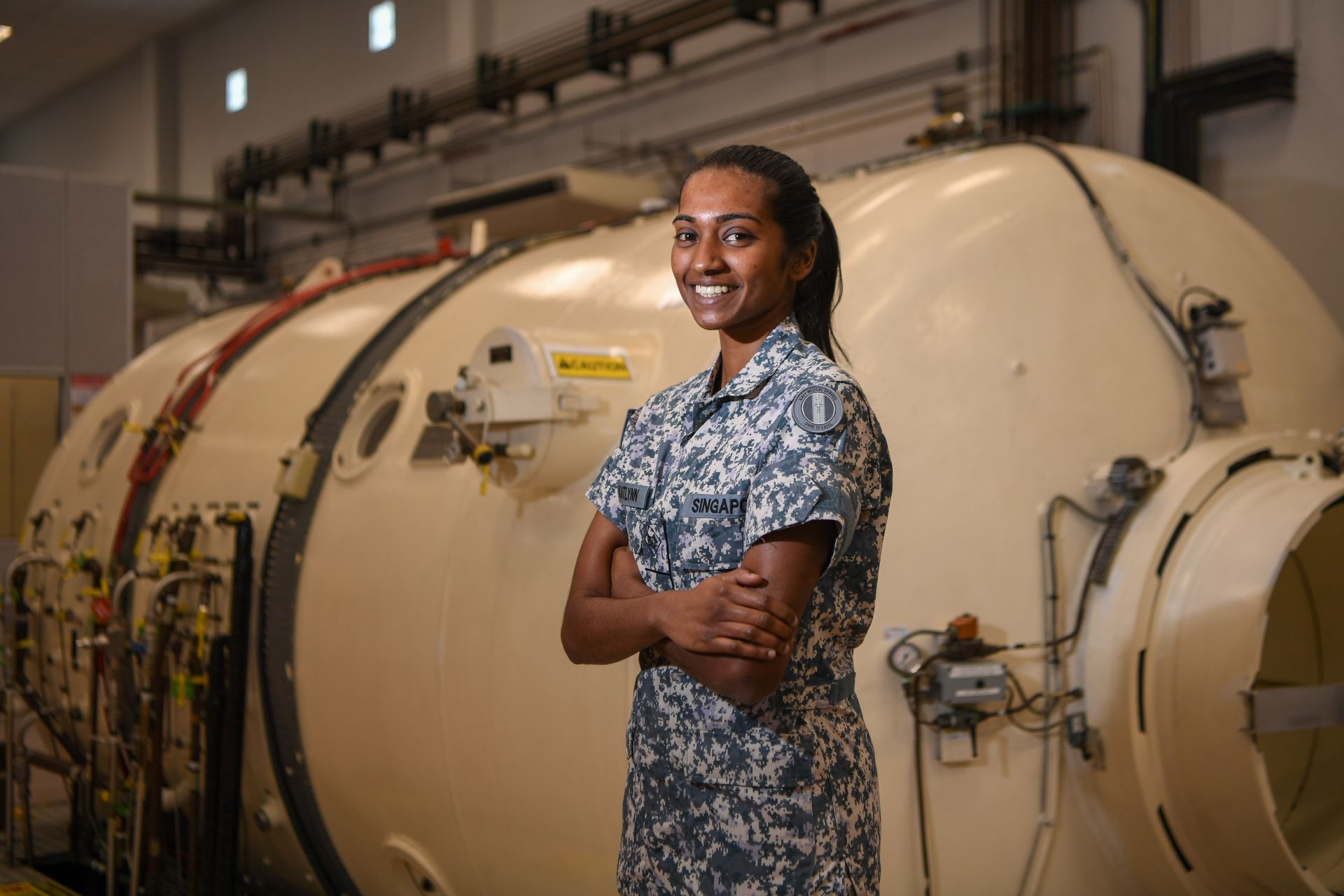
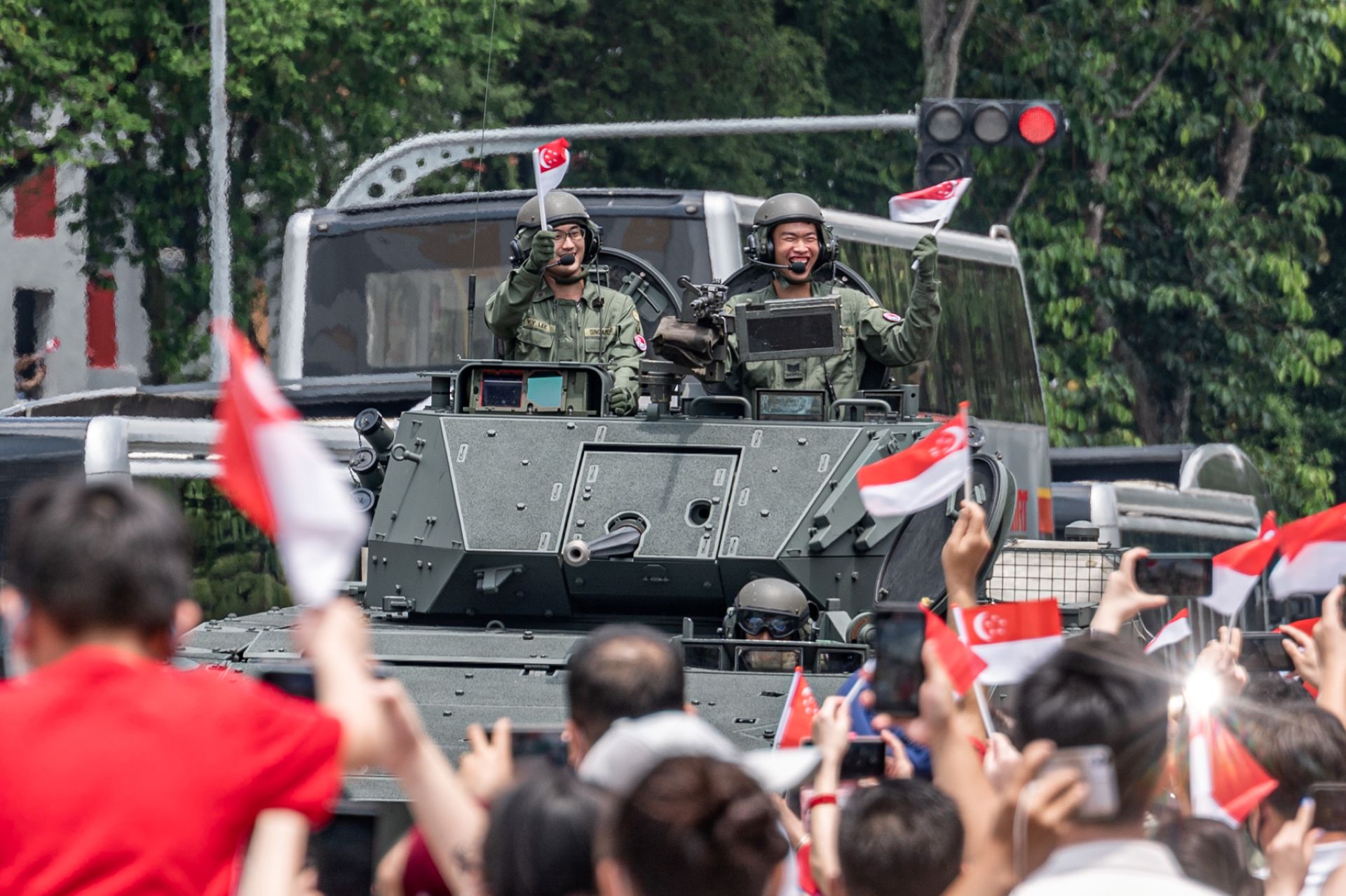
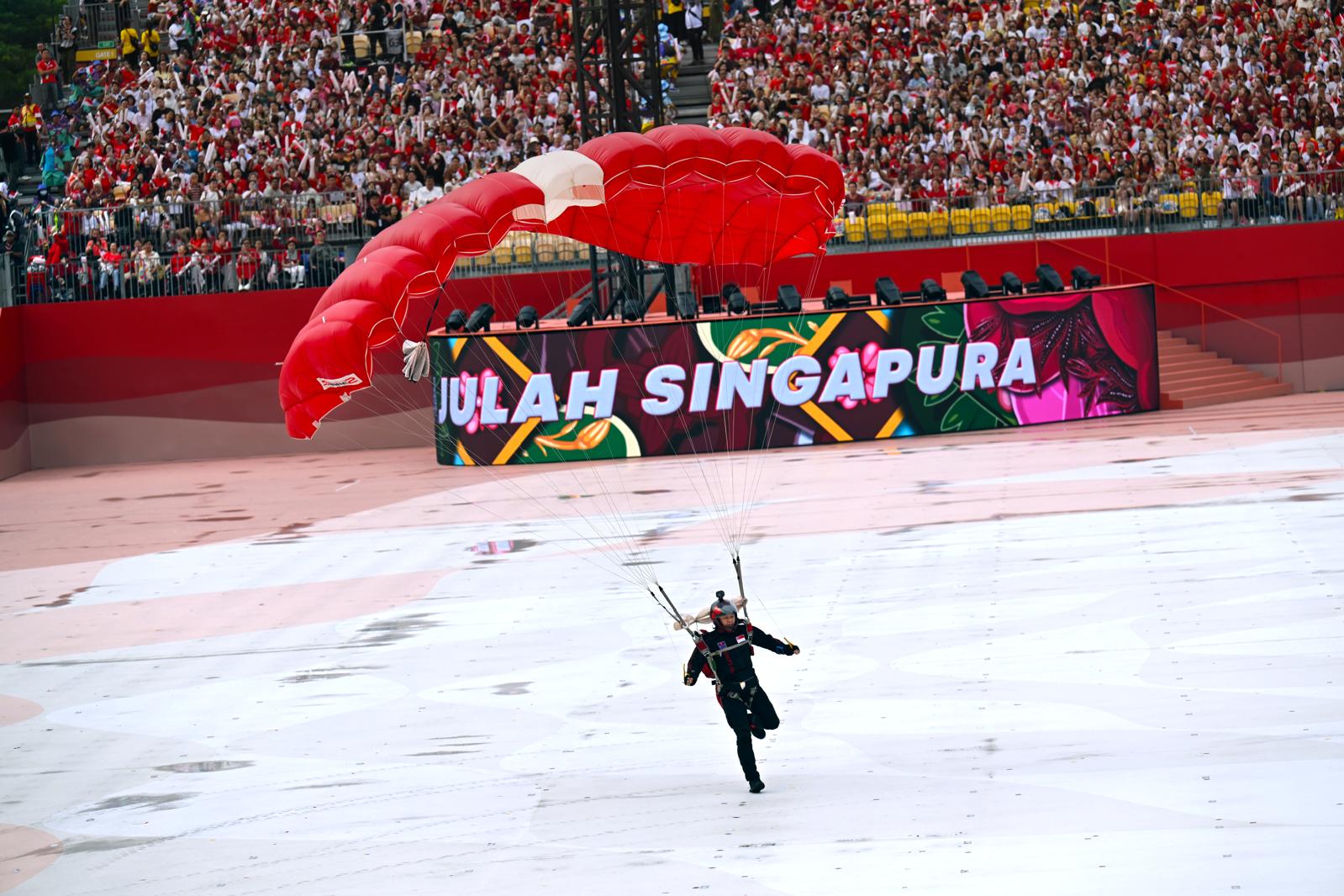
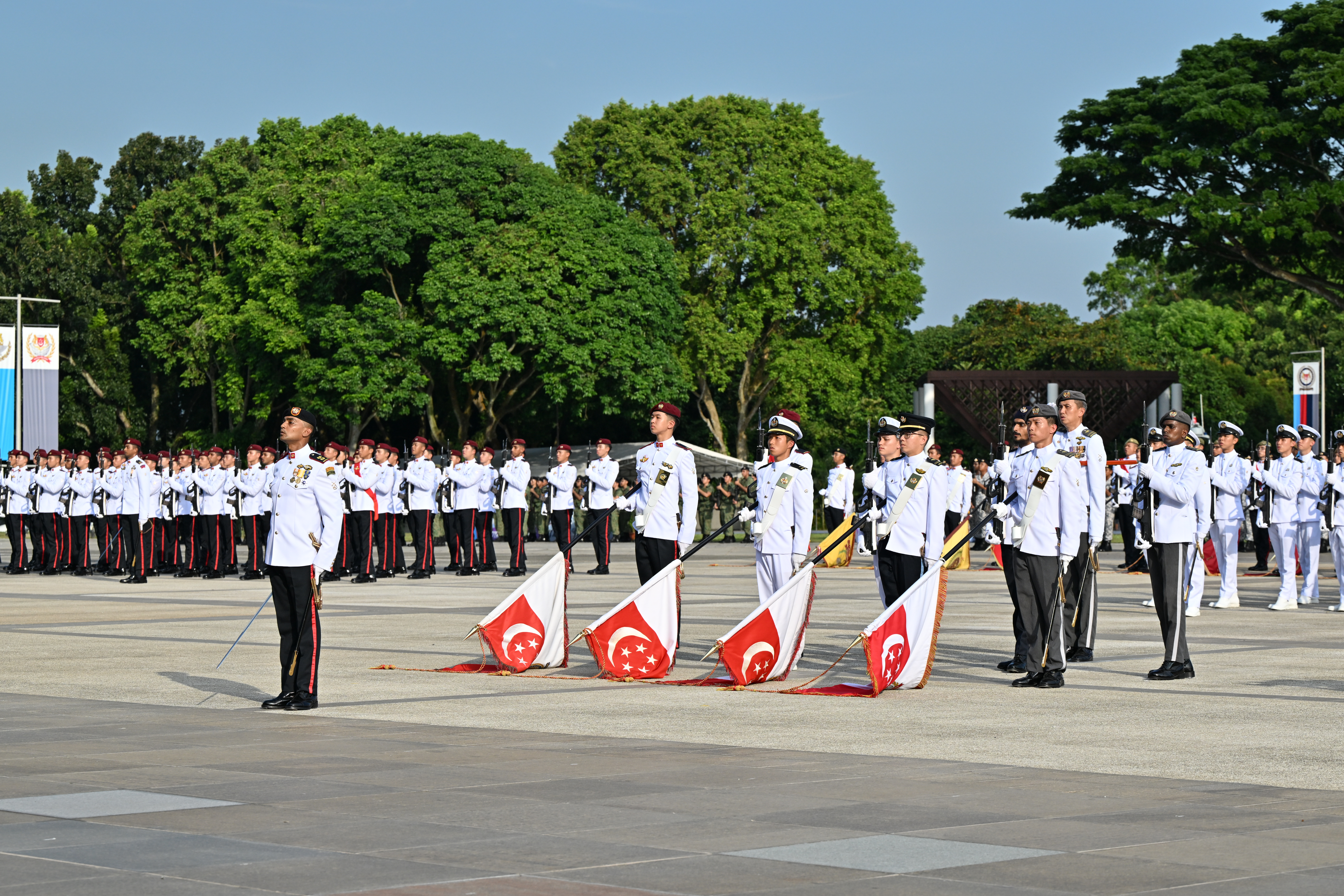
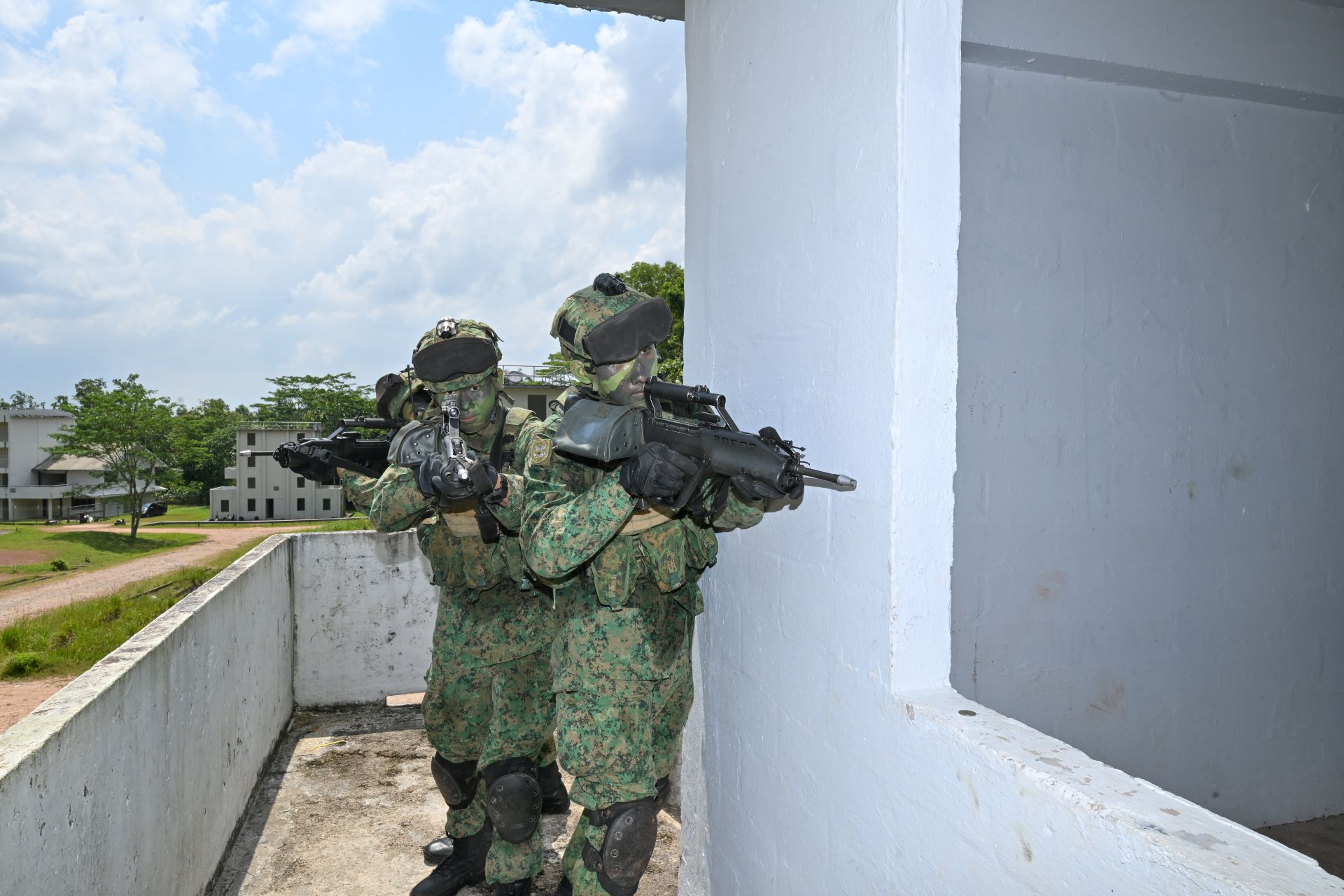
.jpg?sfvrsn=b5383902_1)
.jpg?sfvrsn=4eb1b86e_1)
